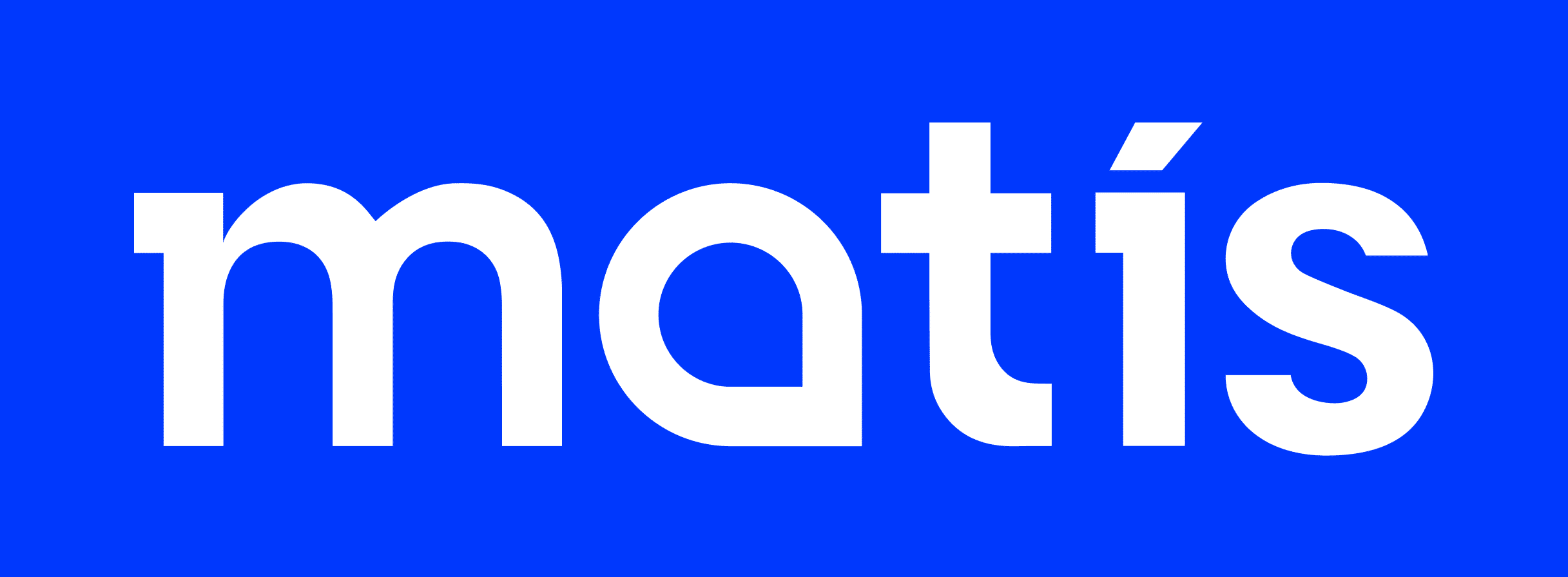Salmonid blood is an abundant by-product of the relatively large and growing salmonid industry in Iceland and has recently gained increased interest as a source of diverse valuable compounds. Blood collection has posed a challenge due to the delicate nature of both the blood and the currently most valuable final product of the salmonid industry, the fillets. This study examined the efficiency of partial dry-bleeding Atlantic salmon (Salmo salar) related to blood recovery and its potential effects on fillet quality compared to traditional bleeding. The quality of fillets was assessed based on parameters, including sensory attributes, physiochemical, and microbial properties for both partially dry-bled and traditionally bled salmon. The results indicated that partial dry-bleeding for 4.5 min effectively recovered blood equal to 1–2 % of the live weight of Atlantic salmon, 75 % of which was obtainable in the first minute and 90 % during the first 2 min. Aside from possibly causing a slight increase in gaping in the fillet, partial dry-bleeding neither affected the flesh quality of fresh salmon compared to traditional bleeding nor following prolonged storage on ice post slaughter. These results provide valuable insight into salmon blood collection practices and preservation treatments for its utilization potential as a valuable resource.
Merki: Fish blood
Values from waste / Hliðarafurðir í verðmæti
Skýrslan lýsir fyrstu niðurstöðum verkefnis tækniyfirfærsla til þróunar og nýsköpunar við framleiðslu virðisaukandi afurða úr vannýttum hliðarafurðum fiskvinnslu á þremur mismunandi svæðum þ.e. Norður Íslandi, Norður Noregi og Norðvestur Rússlandi. Verkefnið var sameiginlegt átak rannsókna- og þróunaraðila auk fiskiðnaðar á svæðunum. Skýrslan gefur innsýn í magn ónýttra afurða á svæðinu. Auk þess er fjallað um nýtingu þriggja ónýttra hráefna, blóðs, svilja og augna, og mögulega nýtingu þeirra sem lífvirkra efna í sér fóður fyrir fisk auk annarra nota.
The report describes first results of work on technology transfer for development and innovation for production of value added products from underutilized by-products of fish production and processing in three different areas i.e. Northern Iceland, Northern Norway and North Western Russia. The project is a joint effort of research and development entities and fish processing industries in the above mentioned areas. The report gives an overview on availability of underutilized by-products in the area. In addition, possible ways of utilizing three different by products, fish blood, fish testes and fish eye compounds, and how they might be used as bioactive compounds into speciality feeds for aquaculture and other possible products.

